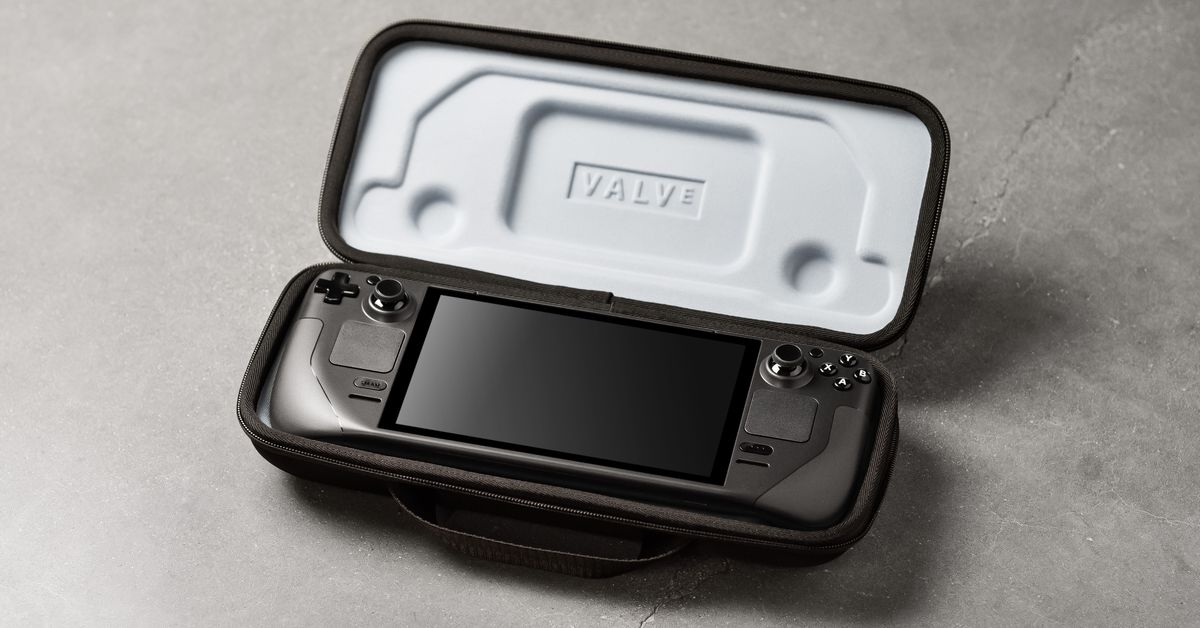A better keyboard than QWERTY
Image: Alex Parkin / The VergeThere are fewer things more ubiquitous in technology than QWERTY keyboards. If you type anywhere, you almost certainly type the QWERTY way. But why? It turns out that by almost any objective measure, the...
/cdn.vox-cdn.com/uploads/chorus_asset/file/25366427/VST_0402_Site.jpg)
/ On The Vergecast: one man’s quest to build a better keyboard, AI’s future at Microsoft, and all the thumbs on Netflix.
By David Pierce, editor-at-large and Vergecast co-host with over a decade of experience covering consumer tech. Previously, at Protocol, The Wall Street Journal, and Wired.
Apr 2, 2024, 1:45 PM UTC
:format(webp)/cdn.vox-cdn.com/uploads/chorus_asset/file/25366427/VST_0402_Site.jpg)
Image: Alex Parkin / The Verge
There are fewer things more ubiquitous in technology than QWERTY keyboards. If you type anywhere, you almost certainly type the QWERTY way. But why? It turns out that by almost any objective measure, the keyboards we use are decidedly unoptimized. Commonly used keys are too hard to reach; your fingers have to move side to side too much; it requires way too much movement overall. There are a million theories about why QWERTY was invented — the most common one holds that its creator wanted to make sure old typewriter mechanisms didn’t crash into each other as you whacked the keys — but almost everyone agrees, it’s not the best way. And yet, after decades of using it, hardly anybody wants to switch.
On this episode of The Vergecast, we have the story of one man’s two-year journey to build a keyboard — and a new layout — from scratch and what his journey can teach us about how we interact with all our tech.
After that, we chat with The Verge’s Tom Warren about the recent shake-ups at Microsoft and whether the company’s approach to AI is really working. We also try to figure out what in the world an “AI PC” is, but I’m not sure we ever actually crack the case. And we try to suss out what’s coming for the Surface line and just how important those devices are to Microsoft going forward.
Finally, we help a listener figure out how to rate a World War II documentary they didn’t really love — but they still want to see more of. We get some help from a Netflix exec and offer some tips on how to tell the algorithm what you do and don’t like.
For more on everything in this episode, here are some links to get you started, beginning with Jonas Hietala’s keyboard journey:
And on Microsoft:
And on Netflix thumbs:

 AbJimroe
AbJimroe 






























